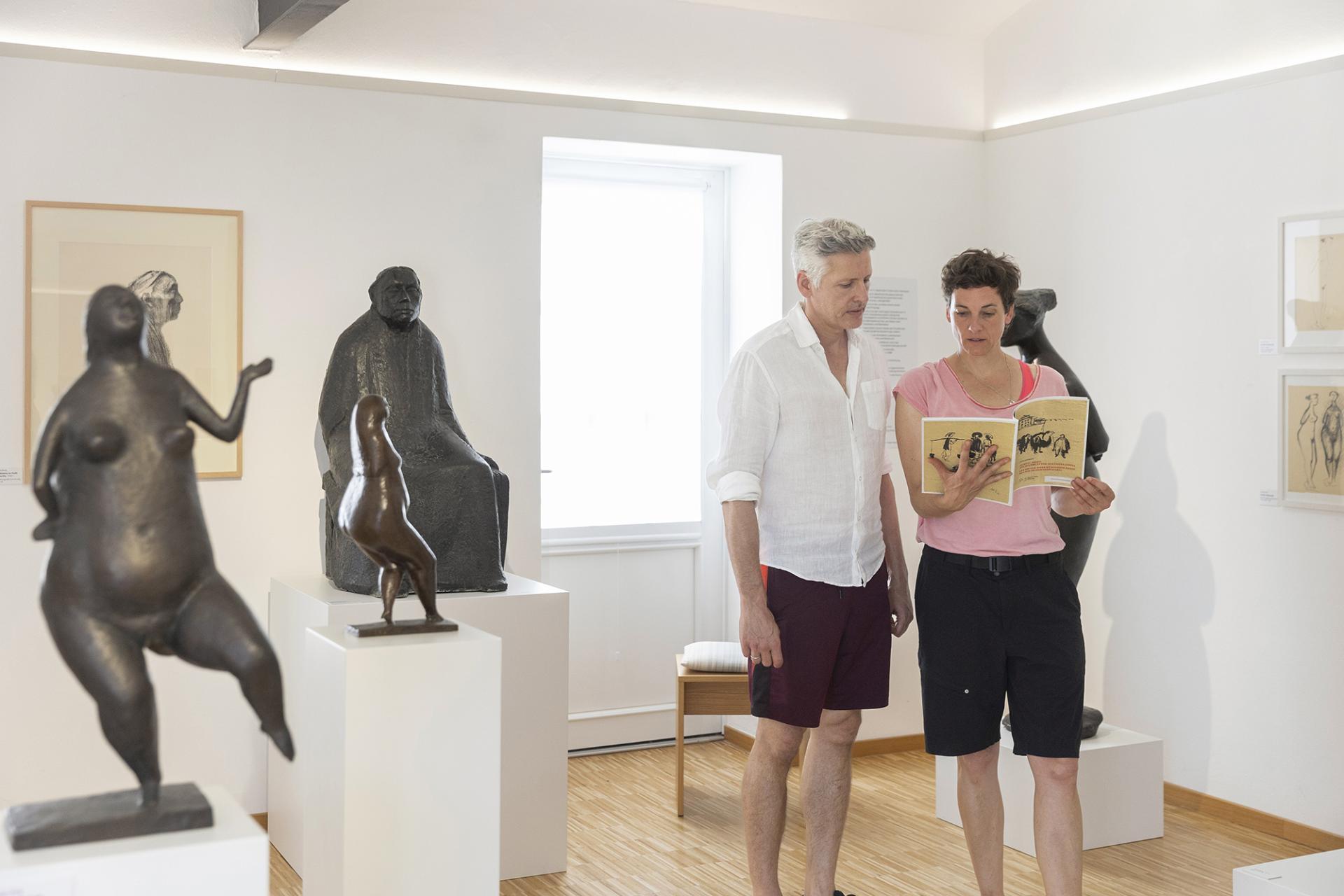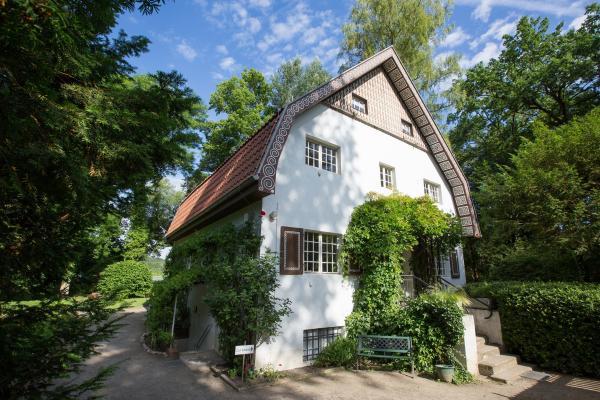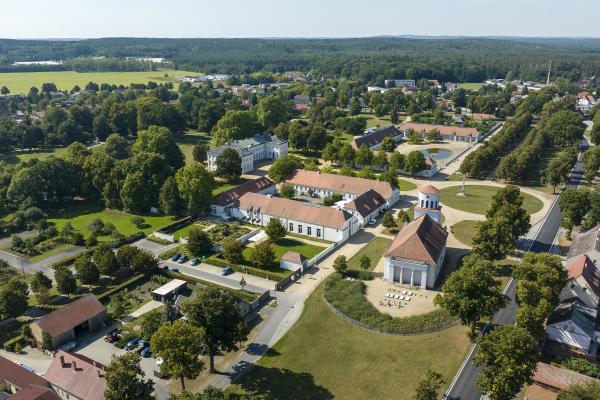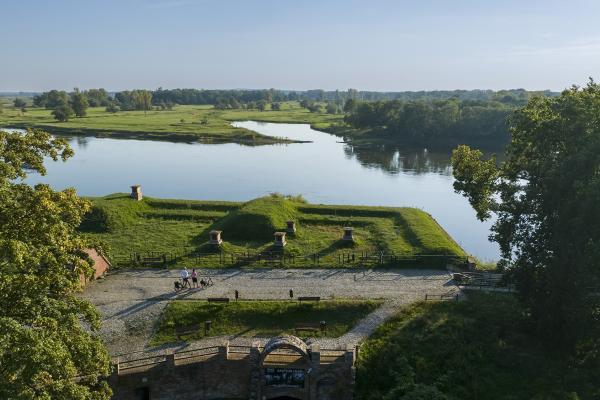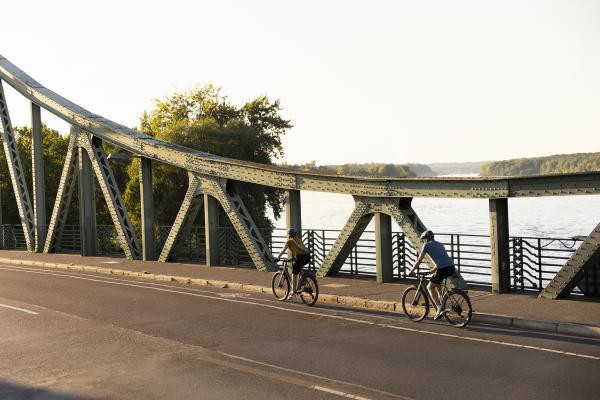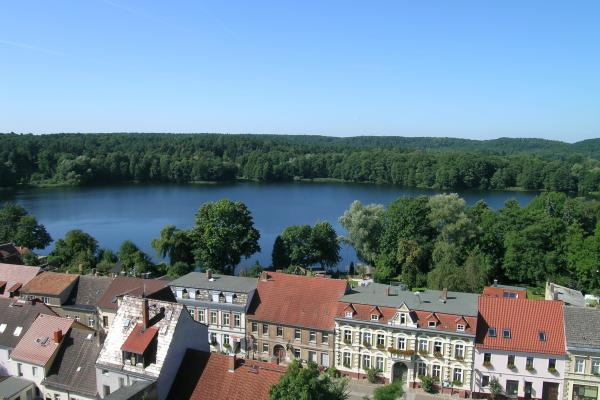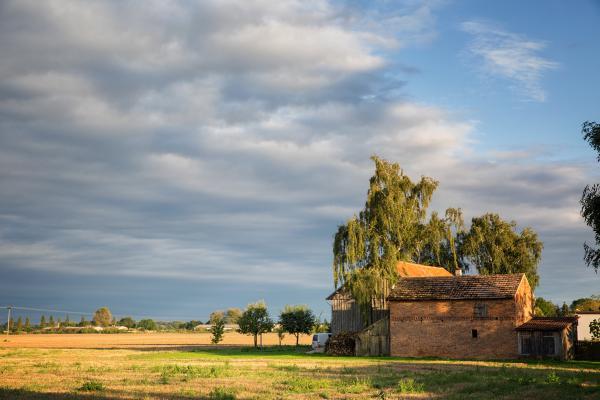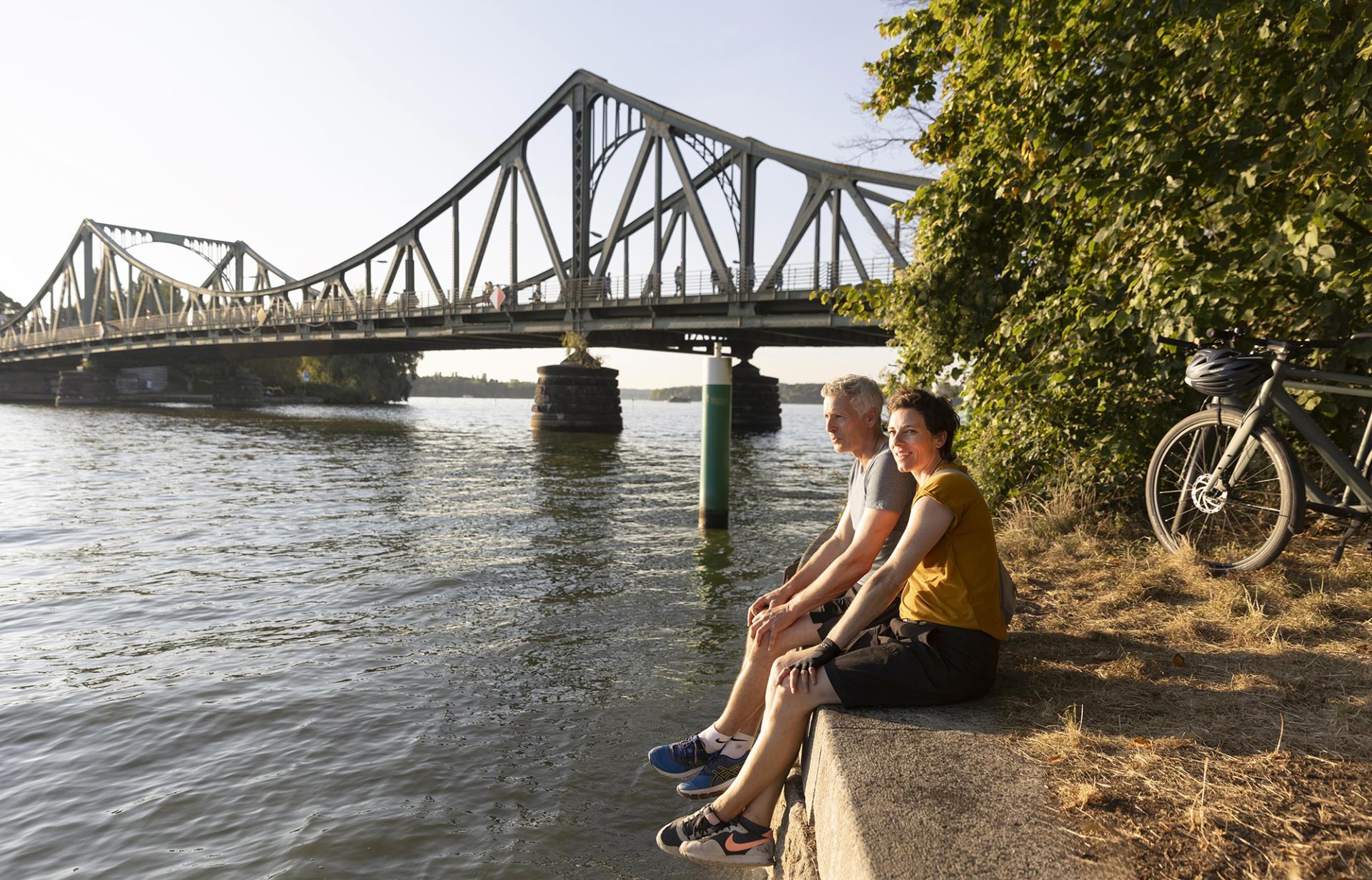
The start of this historical tour is the Glienicker Bridge in Potsdam, which was the scene of the Cold War for a long time. This is where the famous agent and prisoner exchange took place. The wall, which hermetically sealed off West Berlin until 1989, is fortunately no longer standing today, so you can cycle relaxed along the Wannsee.
.
In Berlin, European cultural history is of course omnipresent, whether along the Straße des 17. Juni, at the Reichstag, Brandenburg Gate and Alexanderplatz or at the East Side Gallery, an open-air gallery on the longest remaining piece of the Berlin Wall. Just as the former border between West and East Berlin is invisible, the transition from the big city to rural Brandenburg is smooth. Here, too, you will cycle through a varied landscape without borders and with plenty of water, where Berlin celebrities sought refuge in past centuries. For example, in the alpine-like Buckow in the middle of the Märkische Schweiz Nature Park, where Berthold Brecht spent his summers together with Helene Weigel at the turquoise-blue Schermützelsee. Today, artists find a home in the Oderbruch, which was "colonized" according to plan by the Prussian king: the empty farms - also called loos - offer enough space to work and room for exhibitions. As once in the 18th century, when elaborate melioration measures gave rise to many new planned villages, which were settled by colonists from all over Europe with the prospect of their own land without taxes and compulsory military service and free practice of religion. The final point was the German-Polish twin town of Küstrin-Kietz/Kostrzyn nad Odrą, which was completely destroyed in 1945. While the Küstrin Pompeii called old town has only park-like character, the life pulsates in the Polish Kostrzyn.
Highlights of cultural history
Buckow - "Pearl of the Märkische Schweiz".
In the today's Kneipp health resort in the nature park Märkische Switzerland already Berthold Brecht and Helene Weigel spent their summers.
Neuhardenberg Castle
Neuhardenberg Castle is a cultural and historical gem.
Küstrin Fortress on the Oder
Fortress Küstrin was a fortress, which was the scene of many European wars.
Do not miss!

The Captain of Köpenick
Who does not know him, the Captain of Köpenick, who needed nothing more than a uniform from the junk and a convincing personality to play an ingenious trick on the Wilhelmine military state? A cobbler from East Prussia, already convicted several times for minor offenses, Wilhelm Voigt placed a squad of bona fide soldiers under his command on October 16, 1906, occupied Köpenick's town hall, arrested the mayor and looted the town treasury. Originally sentenced to four years in prison, Voigt, whose stroke of genius went around the world, was pardoned by Kaiser Wilhelm II in 1908. After his release, he performed several more times as the false Captain of Köpenick before moving to Luxembourg in 1910, where he died impoverished in 1922. In addition to a monument at the town hall of Köpenick, there is a permanent exhibition in the local history museum with numerous exhibits and informative panels on the Köpenickiade, which was processed artistically several times, for example in Carl Zuckmayer's play "The Captain of Köpenick".
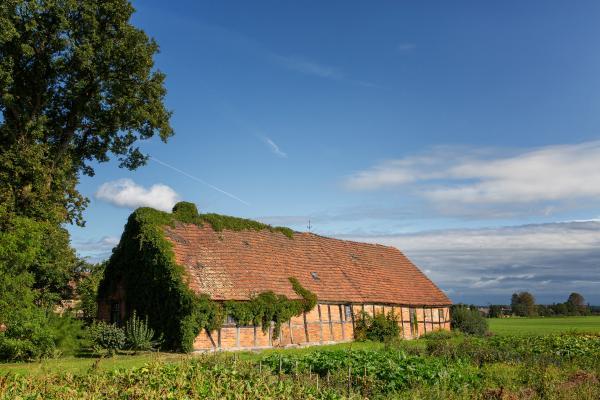
Cultural heritage sites in the Oderbruch
After being drained from the 18th century onwards, the Oderbruch developed into one of the most interesting small landscapes in Europe. In 2022, the Oderbruch was the first cultural landscape to receive the European Heritage Seal, because the ideals and history of the European Union are symbolized here in a special way. Some of the total of 40 cultural heritage sites are located directly on the R1 European Cycle Route or can be reached with a short detour. These include the Neuhardenberg village school, the Letschin local history rooms, the Wilhelmsaue windmill, the Wollup local history room and the Buschdorf basketry museum.
Regional products along the cultural history

Berlin beer culture
100 years ago, Berlin was once the beer capital, when over 100 breweries were located in the city - more than in any other metropolis in the world. Probably the most famous beer is Berliner Weiße, a top-fermented beer that originated in the 16th century. It was considered a staple food, being cleaner than water. What remained was a large brewery with only one Berliner Kindl wheat beer. But with the Craft Beer trend from the United States, the Berliner Weisse was also rediscovered.

Fresh fish on the plate
Regional enjoyment is written large in the Oder-Spree lake district. In a cozy atmosphere, regional dishes with the best seasonal ingredients can be enjoyed - best with a lake view! Especially recommended are the versatile fish dishes with freshly caught fish from the more than 300 lakes and rivers.
The highlights along the cultural history
Our daily stage recommendation
Stage Potsdam - Berlin-Köpenick
You reach Berlin via the Glienicke Bridge, which gained fame as the "bridge of spies" with the exchange of spies during the Cold War. Along Wannsee and Havel, there is initially no sign of the pulsating big city life. This then awaits along the Heerstrasse. Via this magistrale, the R1 comes...
Stage Berlin - Buckow
The east of Berlin has some of the most exciting places in the capital with the historic center of Berlin, the Nikolaiviertel, Alexanderplatz and the East Side Gallery.
Stage Buckow - Küstrin
In the Oderbruch, the unifying idea of the Europaradweg can be experienced in particular.


